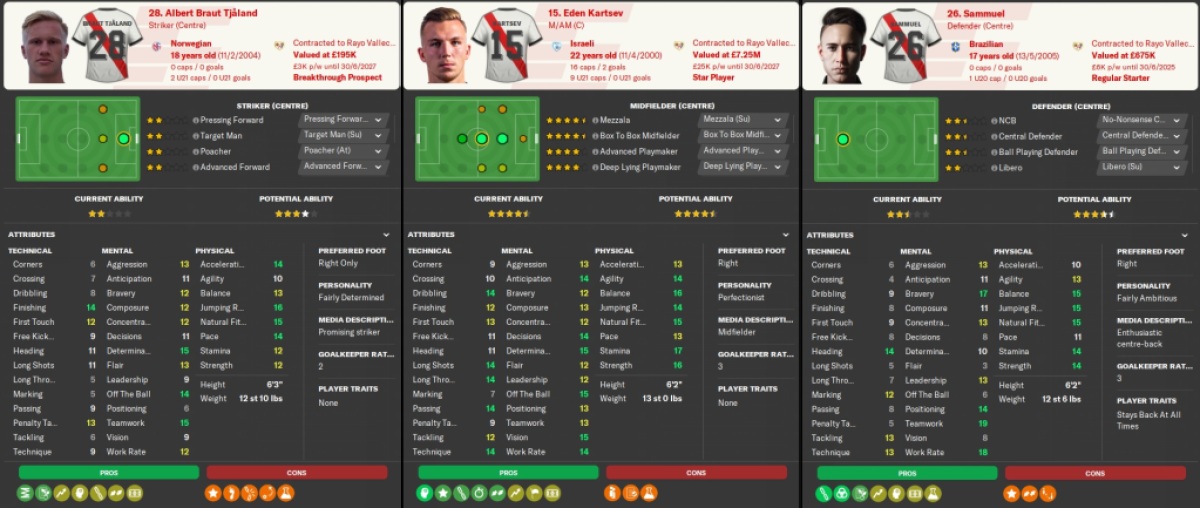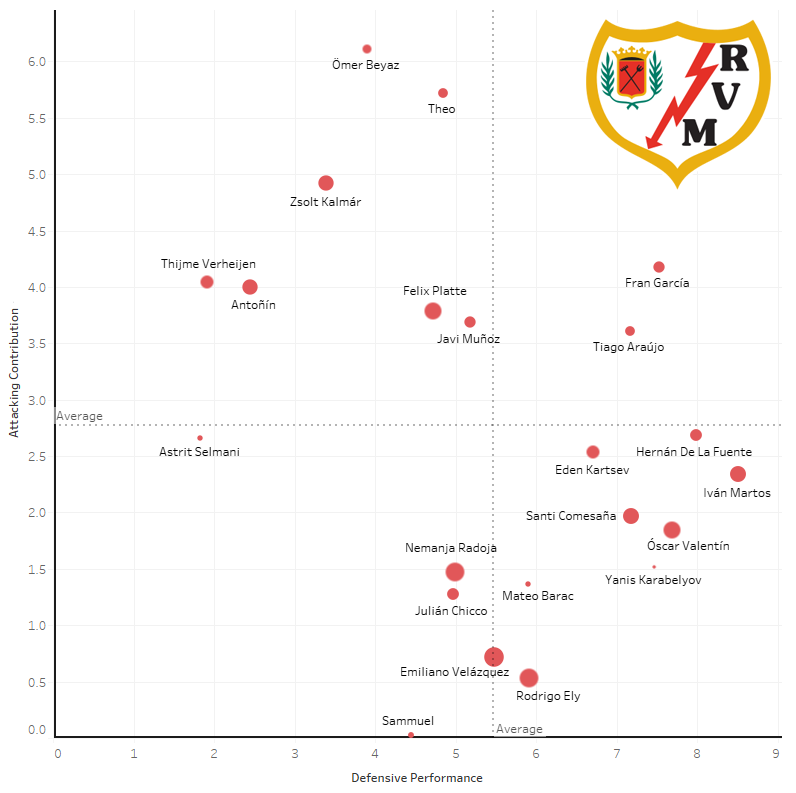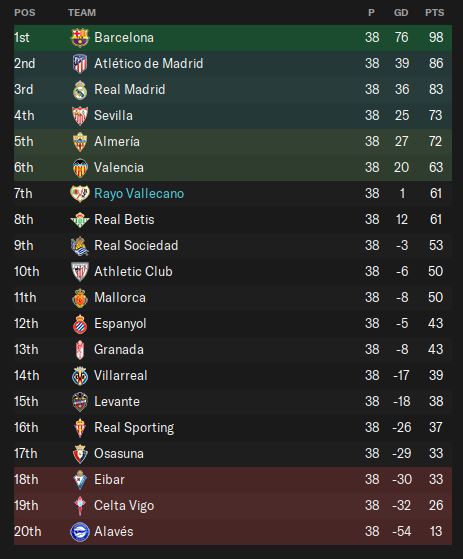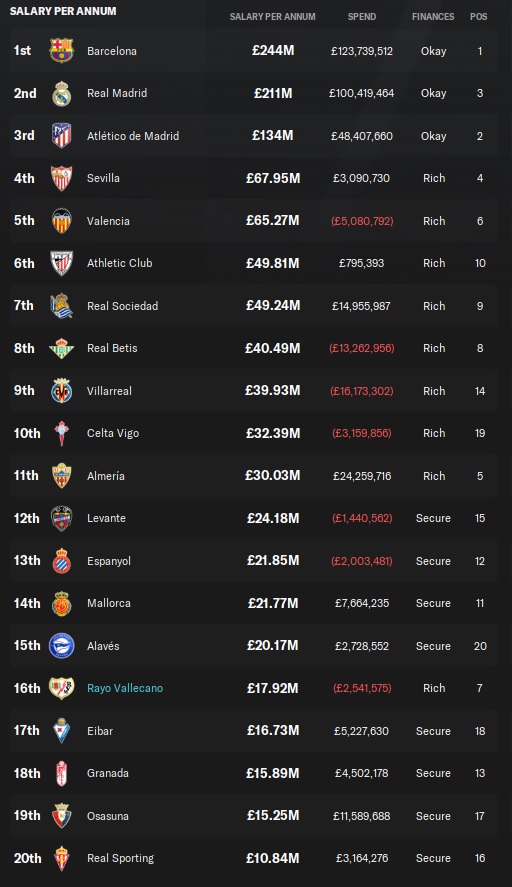This is post six of a wider series. A series for FM21.
“Life moves pretty fast. If you don’t stop and look around once in a while, you could miss it.“
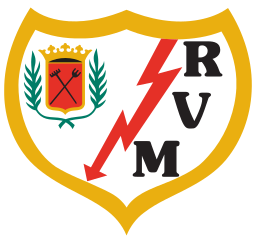
Carl Hagedorn for theangrylinesmen reviews another nail-biting season at Madrid’s perpetual underdogs Rayo Vallecano for your reading fmpleasure.

Another year has passed if you can believe it. It’s July 2023 and just over two years since I was last tasked by my employer to cover Madrid’s “poor but proud” Rayo Vallecano.
In May 2021, I sat (and eventually stood and applauded) in Mirandes‘ stadium, witnessing the heart-stopping end to Fernando Teixidó‘s first season in charge of Rayo, resulting in the most unlikely of promotions from LaLiga 2.
Suffice it to say, although not following Rayo’s maiden campaign of the Teixidó era in LaLiga in any official capacity as a journalist last year, I’d caught the bug. There is something about the passionate Bukaneros, all the political gusto and outlandish displays of anti-establishment. Also the golden thread of humility that runs through the core of the team and the Vallecas community which stops just short of the club ownership regime. It got me.
Although, despite that final observation, now that times have changed and the club is currently massively profitable (more on this later), the tension between fans and majority owner Raúl Martín Presa has certainly mellowed over the last 36 months.
With El Rayo ending last year with an incredible 6th place finish, Teixidó and co had certainly set the bar high moving into his third year in charge.
How did the team perform when juggling a hectic LaLiga calendar alongside the usual domestic cup obligations and the challenge of the UEFA Europa League?
Let’s find out.
The players
Heading into the 22/23 season, Teixidó had strengthened the team, namely with four first team players.
Nemanja Radoja slotted elegantly into the defensive midfield three (free transfer from Levante) and provided experience and maturity to a team lacking in LaLiga minutes. Tiago Araújo, an exciting young wing back (free transfer from Benfica) showed glimpses of exciting attacking flair in his 15 appearances (11 from the bench) and is definitely one to watch in future. Thijme Verheijen (£650,000 from VVV-Venlo) is a tricky number 9 with a keen eye for goal, but mainly played understudy to last year’s FIFA U21 World Player of the Year Antoñín, who unfortunately didn’t live up to his own high expectations. He had bagged 42 goals in the previous two campaigns but only managed 7 strikes in this his third and final season on loan from Granada.

It was the fourth and final signing Felix Platte (£550,000 from Darmstadt) who proved the most tactically impactful for Rayo Vallecano in the 22/23 campaign.
The deeper of the two striking roles in Teixidó’s signature 4-3-1-2 had previously most often been filled by a robust and industrious forward, such as Swede Astrit Selmani or nomadic Argentinian Jonathan Calleri. Calleri actually left Vallecas during the current campaign for Guangzhou in the Chinese Super League for a club record fee rising to £8million, and I can’t help but think it was a bit of a masterstroke from Rayo’s Peruvian manager. With Felix Platte‘s height and power a new weapon in the Rayo arsenal, it signalled a shift in system.
January 2023 saw the arrival of club record signing Eden Kartsev (£3.3million from Maccabi Tel Aviv) and the Israeli’s unveiling was a true symbol that times have really changed (financially) at Rayo. The club’s previous record signing had been Elvis Bolic from Fenerbahce, costing £1.8million some twenty years earlier in 2003.
The January 2023 window also saw the arrival of Slack’s Scandinavian favourite Albert Braut Tjåland and Brazil’s teenage defender Sammuel. Ultimately both were loaned out for development game time, but looked promising in their brief appearances in Madrid before their temporary moves.
Below was the system and line-up deployed most often by Fernando Teixidó this year:
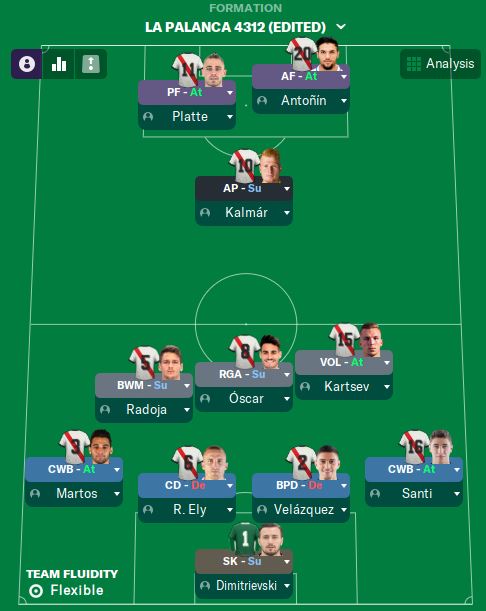
Performance-wise, the plot below tells it’s own story of the 22/23 campaign. Dot size is minutes played. Attacking Contribution considers xG per 90 and per shot, goals, assists, key passes and chances created per 90 minutes. Defensive Performance looks at interceptions, tackles and headers won per 90 minutes and their success ratio.
Young playmaker Ömer Beyaz is starting to show his creative prowess and may very well be used more regularly moving into the 23/24 campaign. Fran García shows his consistent efficiency at both ends of the pitch, while captain Óscar Valentín‘s tough tackling in midfield is evident from his location on the graph.
The tactics
As per above, the arrival of German striker Felix Platte signalled a change in Fernando Teixidó‘s strategy. Not his shape, as the Peruvian sticks almost religiously to his narrow 4-3-1-2 formation; with the wing backs crucial to both attacking and defensive phases, while a creative number 10 looks to deploy ‘la pausa’ to unlock defences with critically timed through passes. But instead how the team looks to attack.
With a six foot three powerhouse now in the ranks, however, Teixidó now was asking his team to regularly look for his aerial prowess as part of quick counter attacks, whether either via early ‘crosses’ from deeper on the pitch, in what can be best described as in a Kevin de Bruyne-esque fashion, or from lofted balls through the middle for the big German to nod on for a more diminutive and fleet-footed strike partner.
I could go on, but the timely release of this wonderful video by Tifo Football covers the foundations of these tactical concepts perfectly.
Career-long central midfielder Santi Comesaña‘s retraining as a right-back provided further composure and creativity in a narrow system, while more so than in previous years, Emiliano Velázquez was asked to push forward slightly as a ball-playing centre back, which allowed the central midfield three to push into slightly higher positions to support the regularly deployed pivot into a quick counter attack, in an otherwise low-tempo, patient, short-passing side.
Example:
Unfortunately for Teixidó, the rewards of these brave new tactical choices had their risks. They usually do.
In the 21/22 campaign, Rayo scored 71 goals, conceding 54. In the 22/23 campaign this was reduced to 65 scored and increased to 64 conceded. With the talismanic Antoñín‘s goal tally dropping from 20 to 7 vs the year before, key central midfielder Eden Kartsev only arriving in January, ultimately disrupting a settled lineup, coupled with the addition of continental football; it was only natural that performances couldn’t meet the heady heights of the year before. Or could they?
The performances
Cut to the chase, Rayo Vallecano finished 7th in LaLiga. Although missing out on Europa League football for the following year, El Rayo will make their debut in the UEFA Europa Conference League in 23/24.
Although 6th looked a certainty at one point, a resurgent Valencia sneaked into the final Europa League spot on the final day. Final day drama is a hallmark of Rayo Vallecano, it seems.
The difference this year for Rayo was although they managed some memorable wins (5-1 against an abject Alavés, 5-1 vs Villarreal and 5-2 against an incredibly overperforming Almería side), when Teixidó’s side were outgunned by a bigger rival, they were routinely destroyed, rather than simply outscored. A 4-1 loss to Valencia, a 5-0 defeat against Madrid rivals Atléti, 4-1 away to Sevilla, 4-0 away to Real Madrid, the list goes on.
This should provide food for thought for Fernando Teixidó, as although dogmatic and principled football can at times be a joy to behold (see Marcelo Bielsa‘s Leeds for the best example), the lack of a plan B can come back to humiliate teams with massively painful defeats (see Marcelo Bielsa‘s Leeds for the best example).

The UEFA Europa League journey was a welcome distraction for Rayo this year. An incredibly tight Group D resulted in a table-topping performance.
Unfortunately the Second Knockout Round proved a bridge too far, and Ajax dispatched of the plucky Rayistas in a 2-0 victory that seems routine on paper, but in reality was anything but. Although Ajax had the lion’s share of possession (61%), Rayo actually managed 10 attempts on goal, generating 1.37 xG, where the Amsterdam giants only generated 0.92 xG from their 13 efforts. A closer run thing than the scoreline suggests.
The Bukaneros and their beloved community club left Estadio Vallecas with their heads held high that drizzly evening in March.
A fifth round (effectively the quarter finals) exit to Real Madrid in the domestic cup held no shame and overall I think Fernando Teixidó can again be proud of his team’s season, all things considered.
What’s next?
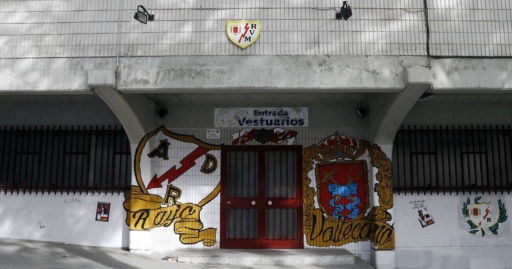
Looking ahead to the 23/24 campaign, Rayo Vallecano fans will be hoping for more of the same. If a little pragmatism can find it’s way into Teixidó’s tactical decision-making when facing a team that are clearly cut from a finer cloth, and any new additions can hit the ground running, it could yield another memorable campaign.
Building work starts soon on the Rayo Vallecano Stadium. Imaginatively titled, I know. This is a long overdue new home for Rayo, complete with 25,000 seats. It is scheduled to be ready some time in 2026, so ground-sharing with Getafe is the awkward solution in the interim.
Success in Teixidó’s first three years at the helm has created a level of expectation far beyond how high Rayo Vallecano should on paper be aiming, but don’t we all love an underdog who upsets the odds?
With (free) pre-contract deals already signed with Getafe‘s dependable Uruguayan midfielder Mauro Arambarri and ex-Arsenal ‘wonderkid’ defender Konstantinos Mavropanos, things are looking brighter than ever. Antoñín sadly finally returns to parent club Granada, but we always knew that his permanent capture would be out of Rayo’s financial reach.
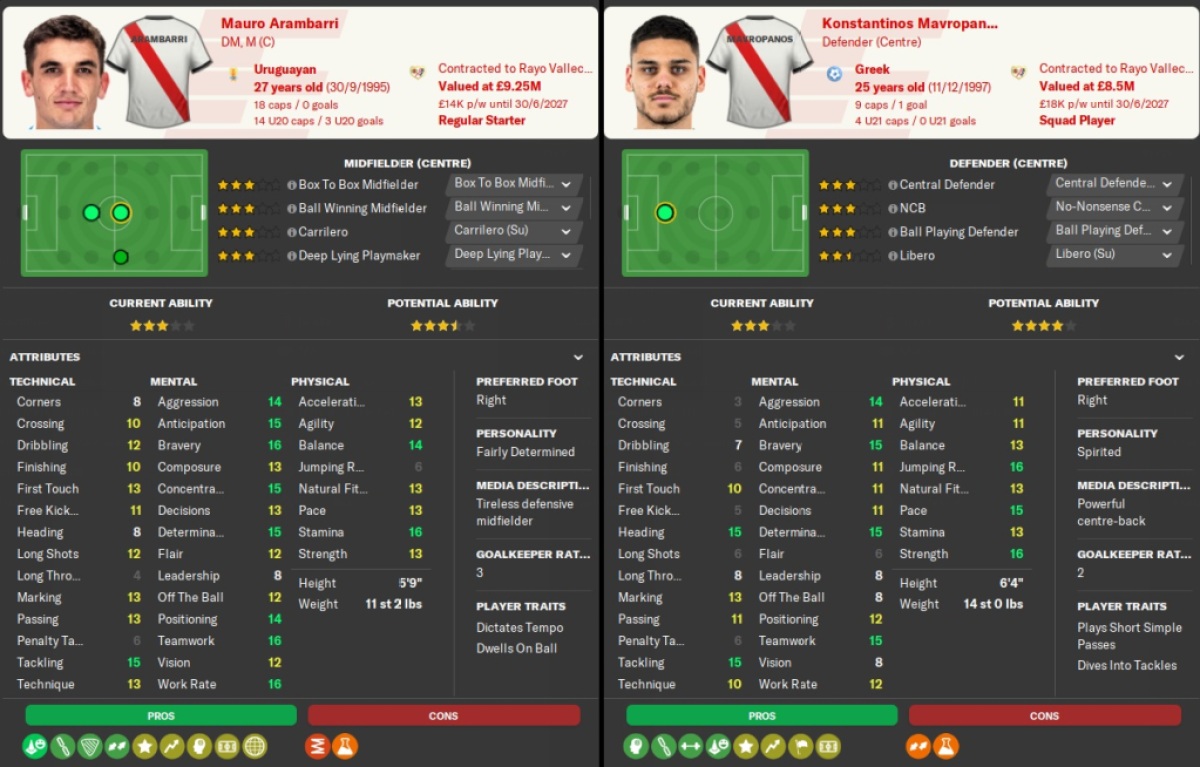
Two promising youngsters have arrived too, so may be names to remember, but only time will tell.

I now count myself as a bona fide Rayista. If I could offer one piece of advice to fellow Rayo fans; it would be to echo the words of another small anti-establishment representative, and to enjoy it while it lasts. No, not a comparable football team, instead it’s 1986’s Ferris Bueller. “Life moves pretty fast. If you don’t stop and look around once in a while, you could miss it.”










Carl Hagedorn for theangrylinesmen.
Thanks for reading.
FM Stag

